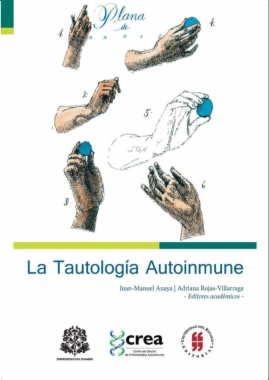
Estás filtrando por
Se encontraron 742 resultados en recursos

Compartir este contenido
La tautología autoinmune
Copia el enlace o compártelo en redes sociales
Factors that influence mortality in myocardial revascularization surgery / Factores que influyen en la mortalidad en la cirugía de revascularización miocárdica
Compartir este contenido
Factors that influence mortality in myocardial revascularization surgery / Factores que influyen en la mortalidad en la cirugía de revascularización miocárdica
Copia el enlace o compártelo en redes sociales
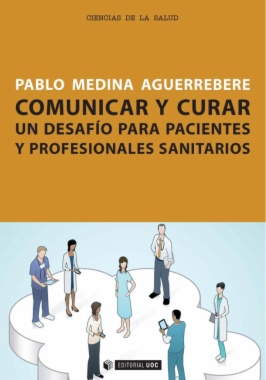
Comunicar y curar. Un desafío para pacientes y profesionales sanitarios
Compartir este contenido
Comunicar y curar. Un desafío para pacientes y profesionales sanitarios
Copia el enlace o compártelo en redes sociales
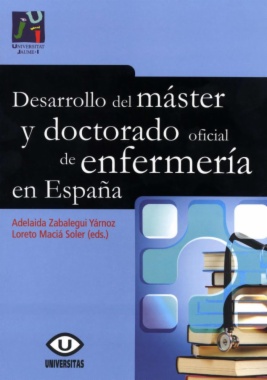
Desarrollo del máster y doctorado oficial de enfermería en España
Compartir este contenido
Desarrollo del máster y doctorado oficial de enfermería en España
Copia el enlace o compártelo en redes sociales
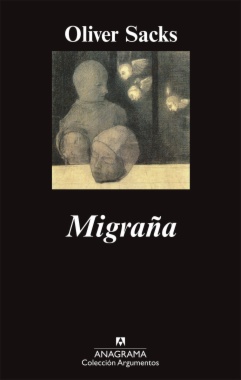
Migraña
Compartir este contenido
Migraña
Copia el enlace o compártelo en redes sociales
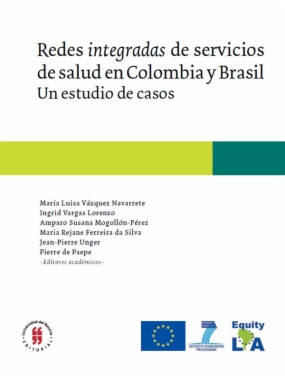
Redes integradas de servicios de salud en Colombia y Brasil: estudio de casos
Compartir este contenido
Redes integradas de servicios de salud en Colombia y Brasil: estudio de casos
Copia el enlace o compártelo en redes sociales
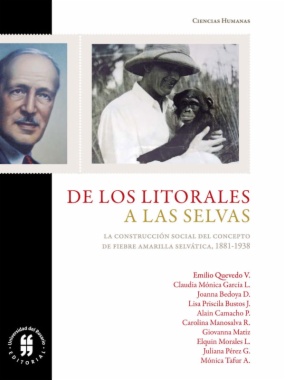
De los litorales a las selvas: la construcción del concepto de fiebre amarilla selvática, 1881-1938
Compartir este contenido
De los litorales a las selvas: la construcción del concepto de fiebre amarilla selvática, 1881-1938
Copia el enlace o compártelo en redes sociales
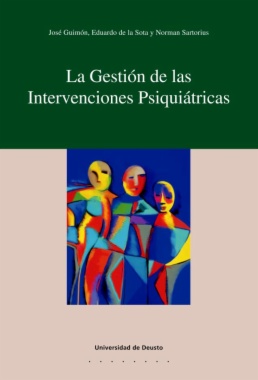
La Gestión de las Intervenciones Psiquiátricas
Compartir este contenido
La Gestión de las Intervenciones Psiquiátricas
Copia el enlace o compártelo en redes sociales
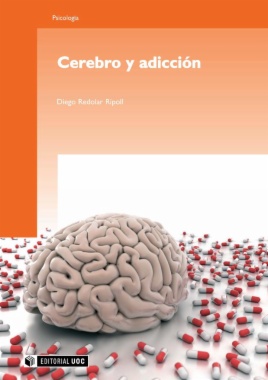
Cerebro y adicción
Compartir este contenido
Cerebro y adicción
Copia el enlace o compártelo en redes sociales
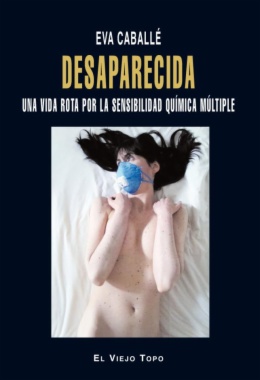
Desaparecida
Compartir este contenido
Desaparecida
Copia el enlace o compártelo en redes sociales
Selecciona las Colecciones en las que vas a añadir el contenido
Para consultar los contenidos añadidos busca la opción Tus colecciones en el menú principal o en Mi perfil.
